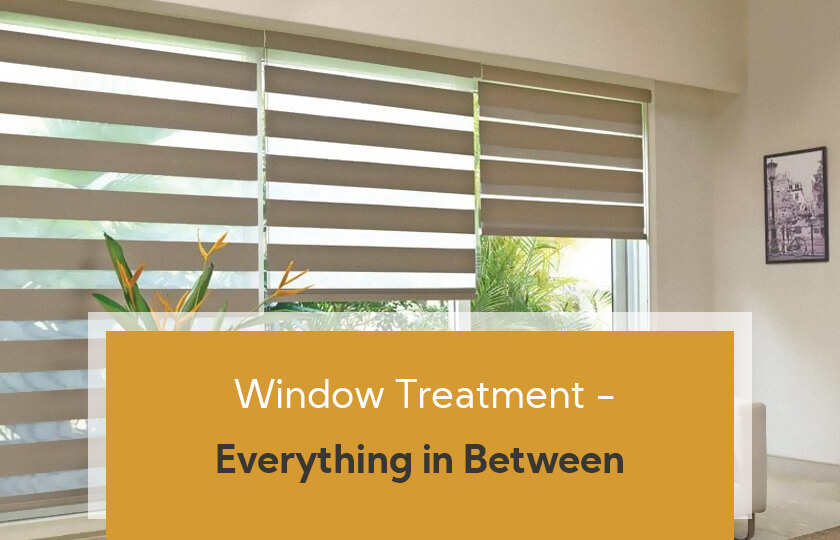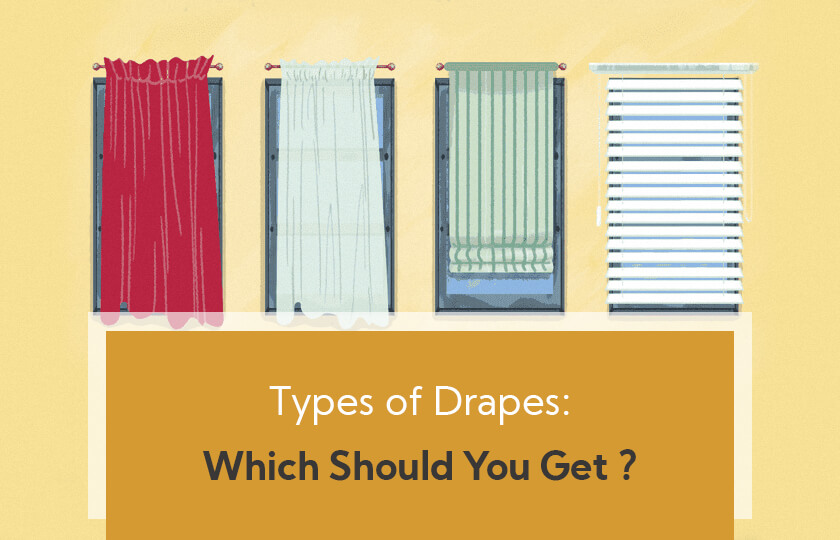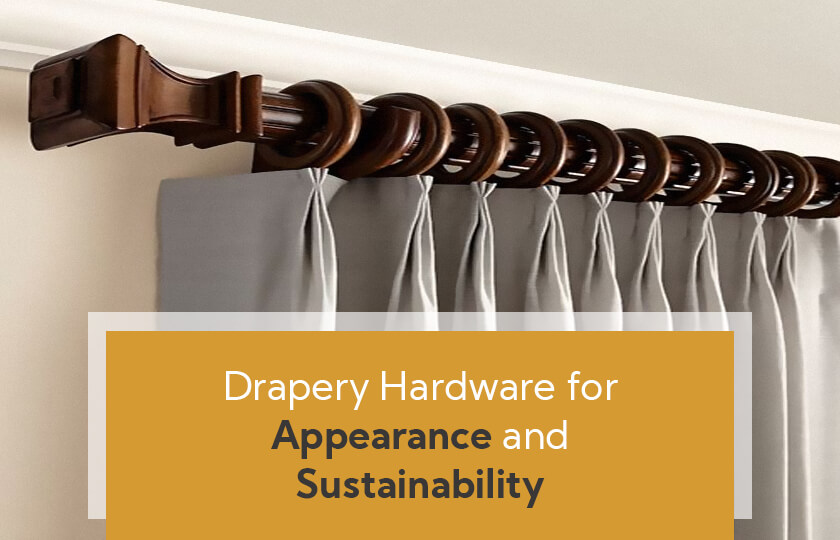Drapes are often mistaken for curtains. Yes, they do look similar, but, no, they are not the same. This is the first thing you should know before getting drapes for your home in Mississauga.
So, before you start shopping, make sure it’s draperies you want and not curtains.
What are Drapes?
Drapes are like curtains, only made from heavier fabrics that are sometimes lined. These dense materials, like silk and velvet, provide better light blocking and privacy options than curtains. If you want a luxurious look, better insulation, more privacy and control over light, drapes are your best choice.
From Barely There to Total Blackout and Everything in Between
Window treatments like curtains and drapes can achieve four light levels.
1. Sheer for Maximum Light
If you want maximum sunlight inside your home, drapes are not a good option since they are made from heavier fabrics. Instead go for sheer curtains. These will prevent glare but allow maximum light inside along with giving you a degree of privacy.
2. Filtering For Medium Light
Use curtains if you want to cut down incoming sunlight by 30%-50%. Made from a slightly denser material, they keep your privacy moderately during the day and your home lit enough so you don’t need lamps or lights.
3. Darkening for Minimum Light
Most drapes in Mississauga window treatment stores are meant to create a room-darkening impact. They are made from closely-woven fabrics that keep out most light. You can get these drapes for common areas like living rooms where you don’t need a blackout effect but want total privacy after the sun goes down. You can also darken your room with curtains.
4. Blackout for No Light
Drapes are the best option to create a blackout look. With modern technology, even curtains can deliver an effective blackout effect, but not as good as drapes. Blackout drapes are a good option for bedrooms, guest bedroom, and with any area where you want not even a speck of light at any time.
Types of Drapes: Which Should You Get?
Now that you are sure its draperies you need, it’s time to decide which type you should get to attain that perfect look.
Ripple Fold Drapes
As the name suggests, the folds in drapes resemble ripples, like waves. These sleek and modern drapes are easy to operate and hence are very functional. If you are going to open and close them every day, get these since they glide effortlessly along their track. They are also a good option for sliding glass doors. To add more depth and dimension to your room, pair them with sheer curtains.
Pleated Drapes
If you want formal-looking drapes, go with pleated drapes. You will find such pleats as tailored, pinched, inverted, and goblet varieties. They add a touch of sophistication to any room. However, if you need to open and close them every day, they are not the best choice.
Grommet Drapes
You will need grommet rings to hang these drapes from the rod. You can get them in five designer finishes: black, chrome, polished or antique brass, and satin nickel. Match the rods and hardware to your drapery’s colour for the best effect. Its deep folds will add drama to the room but are not ideal for regular use.
Rod Pocket Drapes
Go with these for a classic, casual, and traditional look. Gathered fabric near the rod pockets and medium stacks give it a full look and it works best as stationary panels. It can accommodate a pole up to 2” in diameter.
Cubicle Drapes
This is a budget-friendly option. Cubicle drapes are extremely versatile and functional and are perfect for everyday use. They use small grommets with hooks to glide across the track. They have minimal stack and hence deliver a casual look.
Drapery Hardware for Appearance and Sustainability
Along with draperies, you will need hardware to hang them and make them functional. You can find it in stores, like ours, that sell drapes in Mississauga.
Here are the pieces you will need.
The Rods
You will usually find two variations: hollow ¾″ rods and solid ⅝″ ones. If you need a rod to cover an expanse of over 10 feet or if your drapery is made from a heavy material like velvet, go for the thicker rod. Instead of a straight rod, you can also opt for return rods or French return rods for a better look and functionality.
The Brackets
These support and hold up the rod and you can pick from a wide variety of them. You will need end brackets and a middle bracket if the rod is long or if your drapes are heavy. You can also go for double brackets if you are planning to pair your drapes with sheer curtains.
The Rings
Depending on the type of drapery you have, you may need drapery rings. Most styles of drapery come with in-built rings or rod pockets. However, if you have a decorative rod, it would be a waste to let your drapes hide it. If you have more than one middle bracket, you will need C-rings to carry your drapes across those brackets.
The Finial
These decorative ornaments at the end of straight rods are also used to keep rods from slipping away from the brackets. You will not need them if you are using return rods.
Before you buy draperies for your home, make sure you arrange a consultation with the store. It will help you explore your options and get an idea about how much it will cost. Draperies are beautiful and can last a long time but must be maintained properly.



